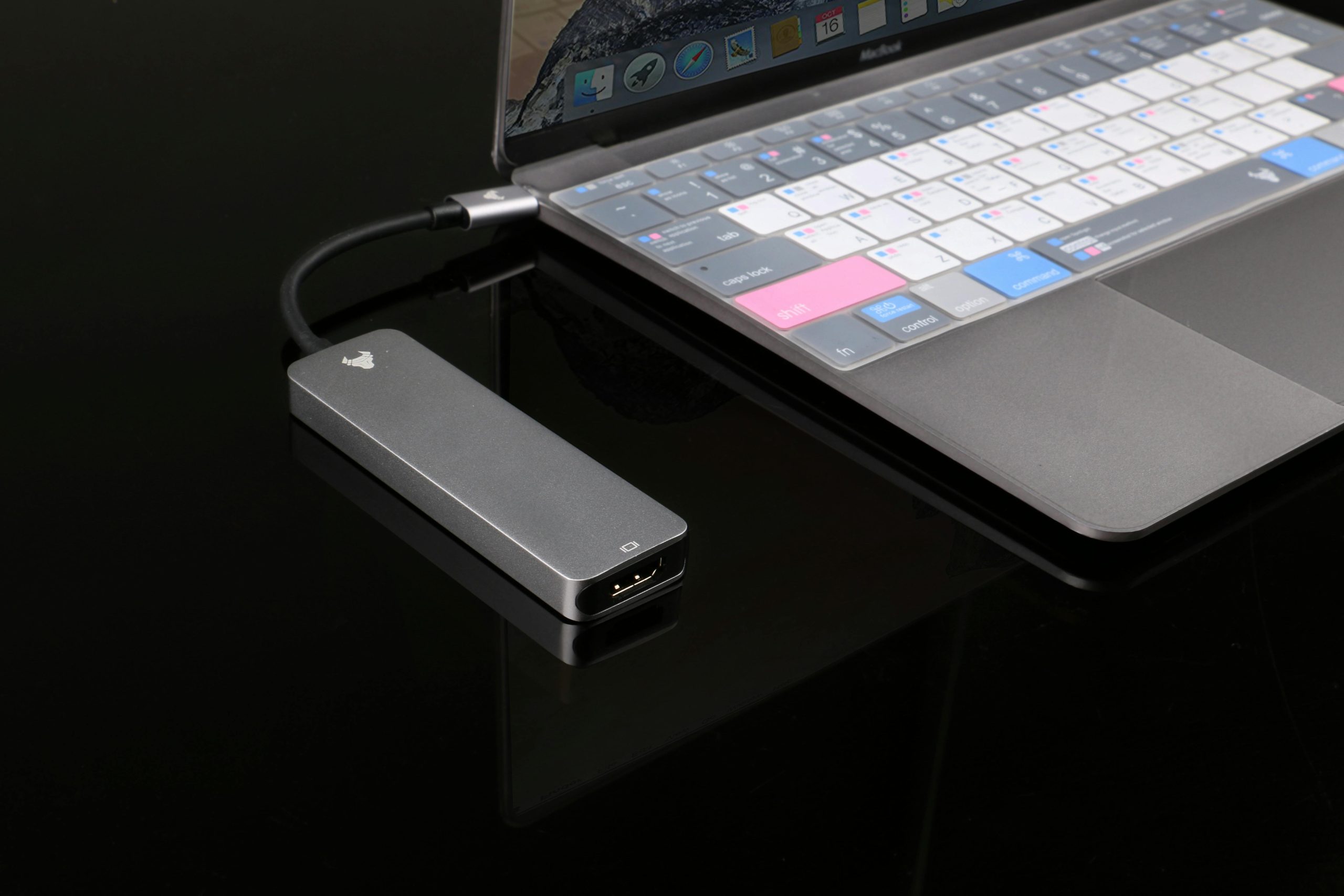Title: How to Successfully Transfer a Touchpad Component During Laptop Repairs
In the world of laptop repair, there are moments that test our technical skills and patience. Recently, I found myself facing a challenge while upgrading my cousin’s laptop. The task involved transferring all the internal components to a new keyboard and shell, which, although typically straightforward, hit a snag when it came to the touchpad.
The touchpad is often one of the last components that require attention during such repairs, and its disassembly can be tricky. If you’re in a similar situation and need guidance on how to properly transfer the touchpad to a new laptop shell, here are some systematic steps that can help you successfully navigate the process.
-
Gather Your Tools: Before starting, ensure you have the necessary tools at hand. Typically, you will need a small screwdriver set, a plastic prying tool, and a static-free workspace to prevent any damage to sensitive components.
-
Prepare the Laptop: Make sure the laptop is powered off and unplugged. Removing the battery, if possible, will add an extra layer of safety against accidental power issues.
-
Accessing the Touchpad: Begin by carefully removing the existing keyboard and shell. This may require unscrewing a few screws and gently prying apart the edges using your plastic tool. Take your time to avoid damaging clips or connectors.
-
Disconnect the Touchpad: Once you have access to the interior, locate the touchpad connection. It is typically secured by a small ribbon cable. Gently unclip or yank out this cable, being careful not to apply too much force which may cause damage.
-
Transferring to the New Shell: With the touchpad released, you can now install it onto the new shell. Align it correctly and reattach the ribbon cable, ensuring it is securely fastened to avoid connectivity issues later on.
-
Reassemble the Laptop: After successfully transferring the touchpad, reverse the disassembly steps to reassemble the laptop. Make sure all screws are tightly secured and that there are no leftover parts.
-
Testing: Once everything is back in place, power up the laptop to test the functionality of the touchpad. It’s crucial to ensure it’s working properly before considering the job complete.
By following these guidelines, you can confidently tackle the transfer of the touchpad and other components in a laptop repair scenario. Patience and attention to
Share this content:




Hi there,
Transferring a touchpad during laptop repairs can indeed be a delicate process, especially concerning the ribbon cable connection. Here are a few additional tips to ensure a successful transfer:
If you encounter any issues with the touchpad not functioning after transfer, double-check the ribbon cable connection and look for any debris or misalignment. Feel free to reach out if you need further assistance — happy to help!